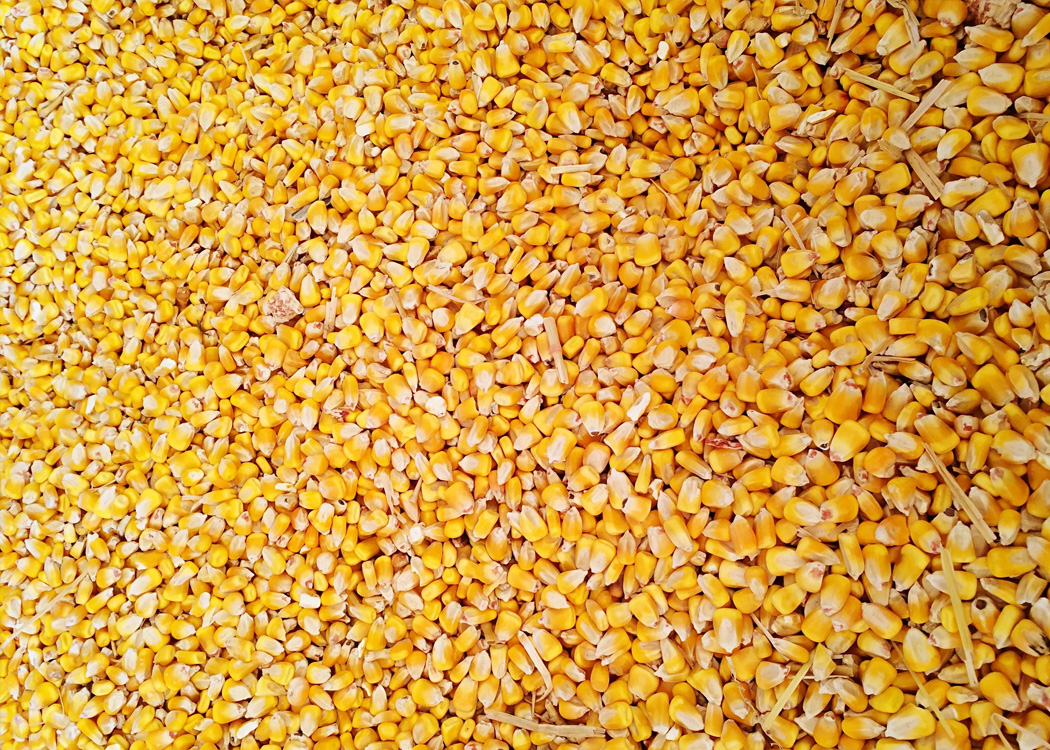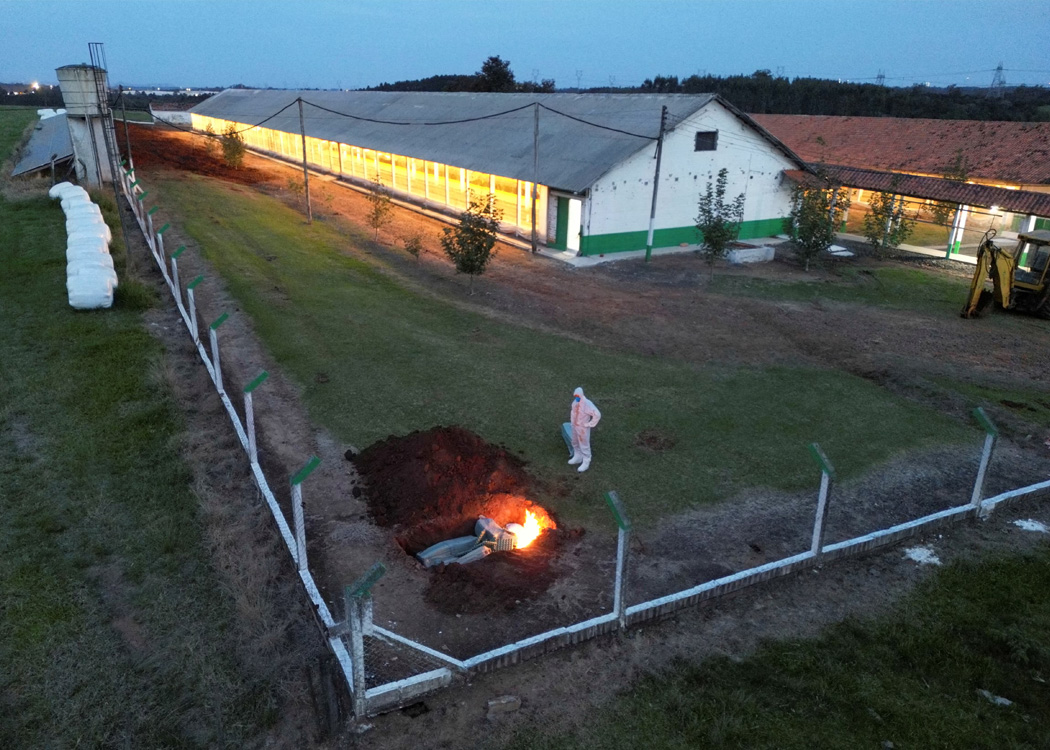Pakistan is witnessing a dramatic collapse in its corn exports, with shipments plunging by 87% in Q1 2025 — falling to just 53,000 tonnes from 419,000 tonnes in the same period last year, according to the US Department of Agriculture (USDA). This sharp decline follows a historic 185% surge in 2024, driven largely by demand from Vietnam.
The downturn is attributed to a massive spike in domestic feed demand, particularly from the poultry sector, and increased regulatory challenges. Exporters are now struggling to comply with new sanitary and phytosanitary requirements, leading to suspension of exports to over a dozen countries, including China, Vietnam, Saudi Arabia, and Romania.
The 2022 ban on GMO soybean imports, which had initially crippled poultry feed supply, was lifted in late 2024. This has since revitalized Pakistan’s poultry industry, now poised for a 25% production surge, significantly increasing domestic corn consumption, as corn constitutes 65% of poultry feed.
The USDA forecasts Pakistan’s corn consumption in 2025/26 to reach 9.1 million tonnes, outpacing the 2024/25 output of 9 million tonnes. A production boost to 9.6 million tonnes is expected in 2025/26, yet it may still fall short if demand continues to rise.
Experts stress the urgency of reforming regulatory frameworks and agricultural practices. Suggested measures include:
- Involving provincial authorities in pesticide monitoring
- Developing pest-free production zones
- Enhancing post-harvest processing to meet export standards
The Ministry of Commerce has flagged the corn export crisis as a major concern, urging the Department of Plant Protection and related agencies to implement immediate corrective actions. Without swift reforms, Pakistan’s export potential could deteriorate further, jeopardizing foreign exchange earnings and farmer incomes alike.






